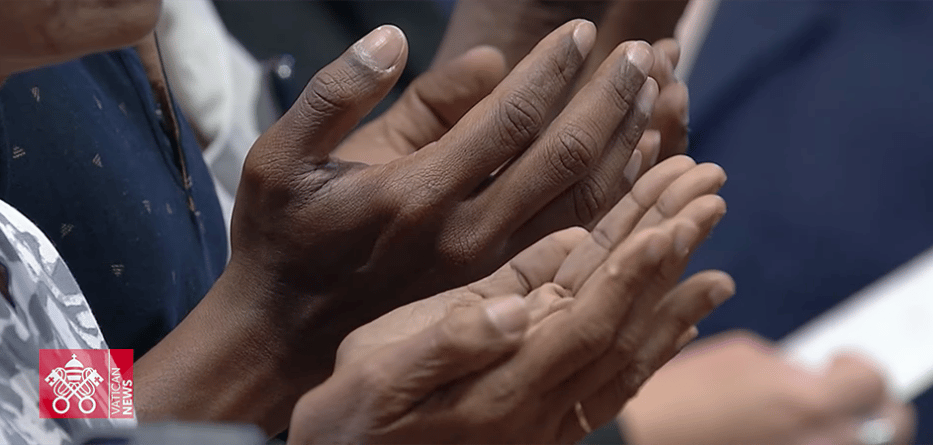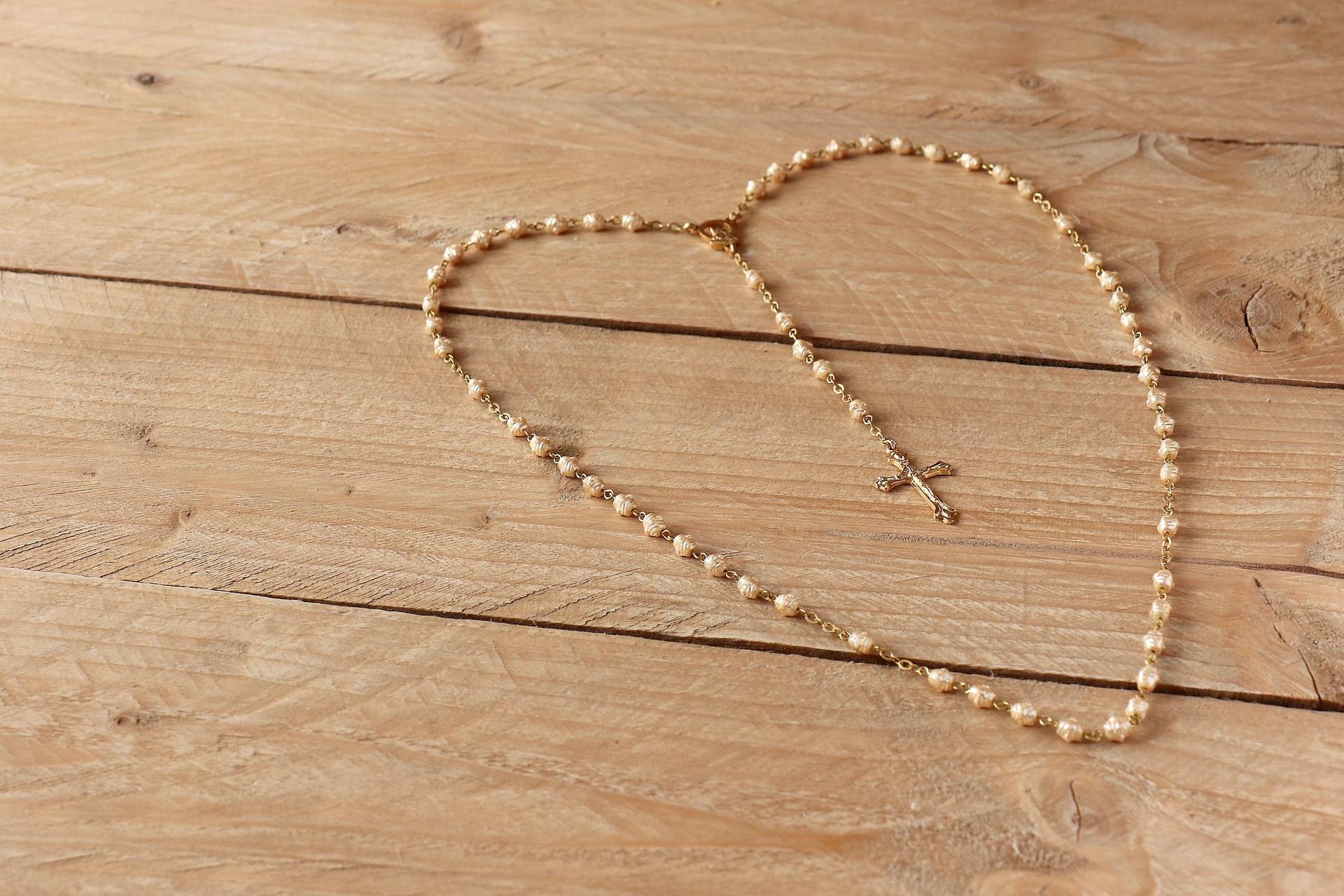In the coming week, the Catholic Church will observe a feast day that has a rather peculiar name: the Chair of St. Peter. How exactly does a chair of an apostle merit a holy day? What is the meaning and importance of this unique feast day?
In order to find answers to these questions, we could best look at the great basilica on the Vatican Hill that was built over the burial place of the Apostle Peter.
There in the basilica, at the far end of the main aisle, we are caught off guard by the magnificent beauty of a massive image of the Chair of St. Peter. In all its mystical warmth, the large bronze chair sits and reflects a powerful message to everyone in the Church, especially on its feast day.
While gigantic in its presentation, the chair is not intended to be a regal throne or an empty assertion of raw power. It is placed in the basilica to be an authentic reflection of the office entrusted by Jesus Christ to the shepherds of the Church.
As a symbol of Christian authority, therefore, the chair is a summons for leadership to be meek and humble of heart like Jesus Christ. The Chair is to be a provocation to gentleness, kindness, and compassion.
In his teachings, Jesus admonished the apostles: “You know that the rulers of the Gentiles lord it over them, and their great men exercise authority over them. It shall not be so among you; but whoever would be great among you must be your servant, and whoever would be first among you must be your slave.”
Jesus did not just teach such lessons, but lived them. He said of himself: “Even as the Son of man came not to be served but to serve, and to give his life as a ransom for many.”
The Chair of St. Peter, therefore, reminds the entire Church that selfless service, given out of love for God, must be the only impetus and inspiration to the taking on and exercising of authority. The human shepherds of the Church lead, teach, and sanctify God’s people in Christ’s name. There is to be no room for power or control, territorialism or jealousy.
It is Christ’s Church, and his alone.
Standing before the Chair, the heart of every deacon, priest, and bishop, as well as every Christian parent, employer, and public servant, should reverently quake at the responsibility placed in their hands by Jesus Christ.
The great Chair is flooded in gold clouds, flowing down from Bernini’s great “Glory” window. The window depicts the Holy Spirit as a dove with stretched wings. The lesson is clear: only by the power of the Holy Spirit can fallen humanity carry authority, and only by his help can such authority be exercised humbly and for the common good of all.
In case the lesson of the great Chair is somehow missed or badly interpreted, the world-renown statue of the chief apostle sits nobly to the right of the main altar, a few steps from the Chair. The foot of the famous bronze statue has been worn down through the centuries by the caresses of pilgrims.
On this holy day, the statue will be decked out in the papal tiara and a cope of red and gold. The image would be stunning, even if ironic.
The regalia seems to scream vanity, power, and submission. These however would be the opposite of the Lord Jesus’ teachings and example. The clothing and crown are intended to be ironic: only by serving do we gain prestige, and only by relinquishing power do we gain true authority.
The symbols of prestige and authority adorning the statue, therefore, reflect this deeper vocation of all Christian shepherds.
In fact, if we are not attentive, we could miss the truth beneath the bronze statue’s golden cope. We could miss the observation that underneath its regal attire, the statue of the chief apostle has his left hand in a sling holding the keys of his papal office. The symbol of the sling is a powerful one.
We are weak and fallen. From the pope in Rome to a Christian parent in a home, all of us, in order to fulfill our responsibilities well, need the help of God’s grace. We cannot carry the weight of authority by ourselves and exercise it well and kindly.
This is the lesson of the Chair of St. Peter. Not a misplaced symbol of triumphalism or a hurtful image of domination, the Chair is a reminder of the gentle Shepherd and a summons for us all to imitate him in whatever authority we’ve been given.
















